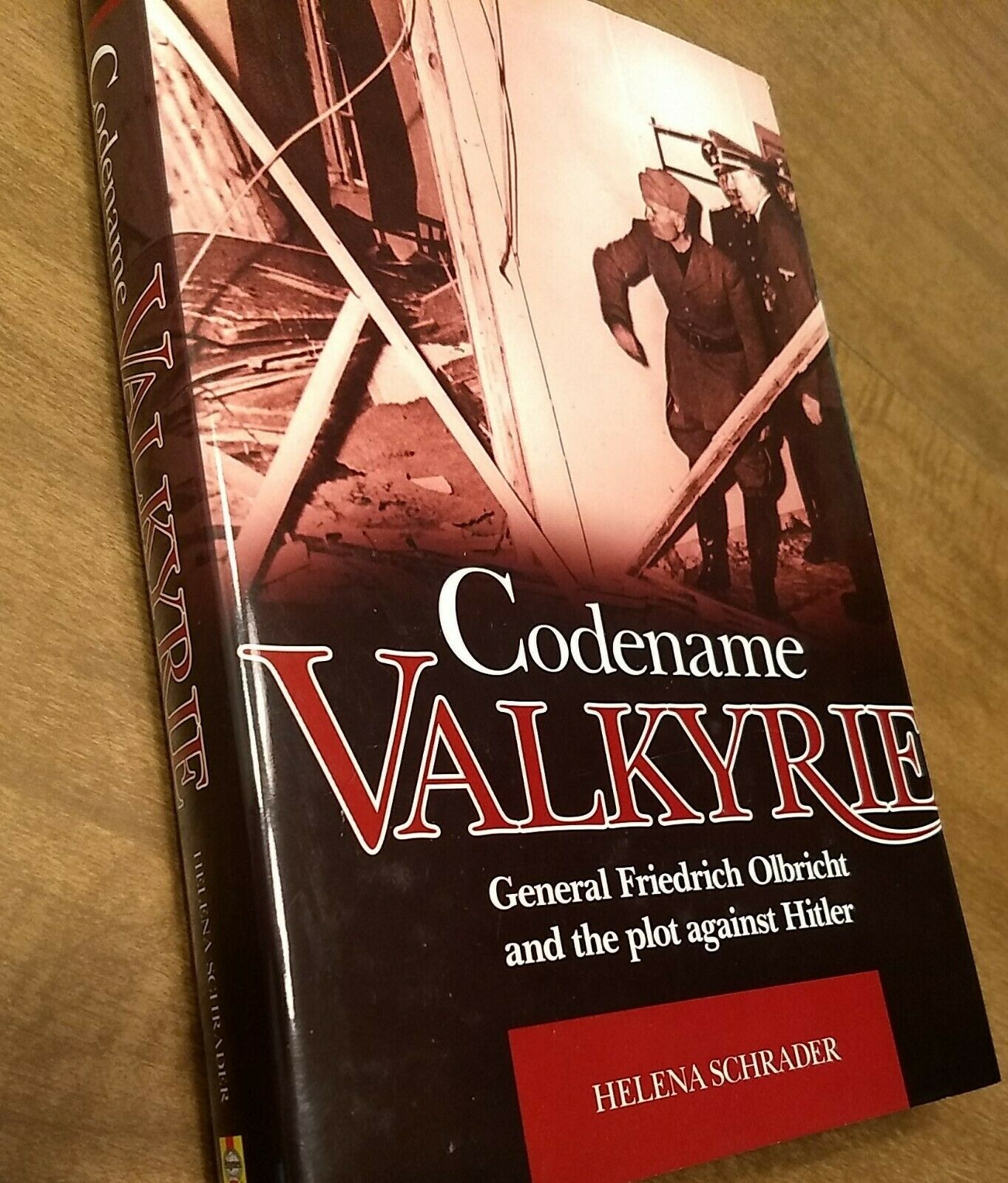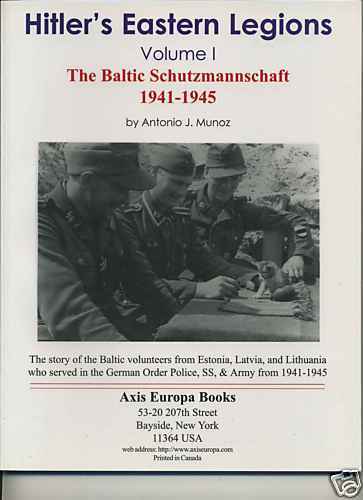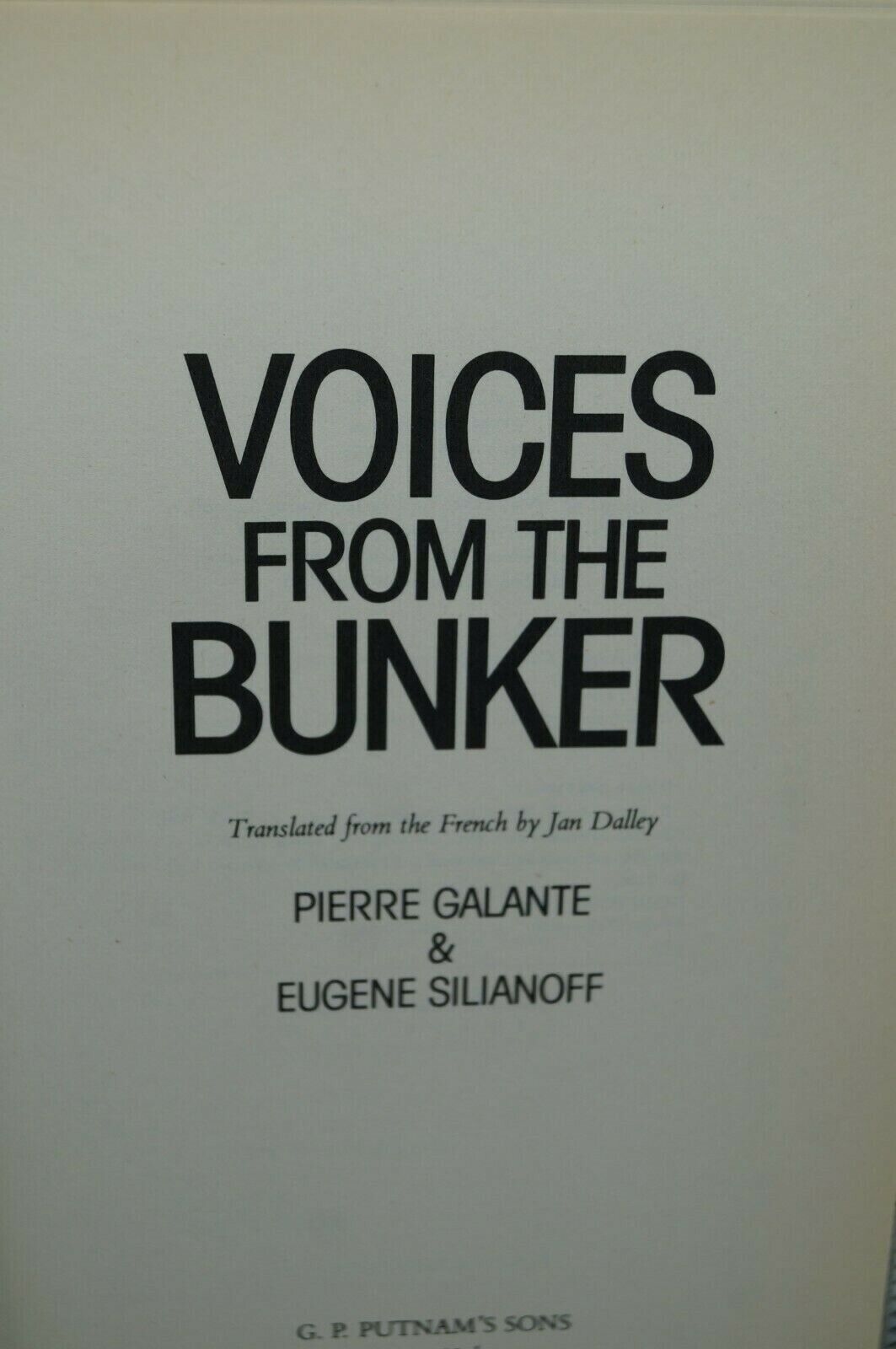-40%
1940 Das Zeughaus "The Arsenal" Military Museum Berlin Official Courier Program
$ 29.01
- Description
- Size Guide
Description
A guide booklet I believe was used by the couriers or guides of the museum to explain the different exhibits shown in the museum.The Zeughaus (English: Arsenal) is a listed building and the oldest structure on Unter den Linden boulevard in the historic center of Berlin. Erected from 1695 to 1706 according to plans by Johann Arnold Nering, Martin Grünberg, Andreas Schlüter and Jean de Bodt in Baroque style, it was later converted into a Prussian Hall of Fame. Damaged during the Allied bombing in World War II, it was rebuilt from 1949 to 1967 as part of the Forum Fridericianum. Since 2003, it has been home to the Deutsches Historisches Museum (German Historic Museum).
In March 1943, Rudolf von Gersdorff tried, but failed to assassinate by suicide bombing Adolf Hitler, during the opening of an exhibition in this museum.
Below is provided a very rough Google translation of the pages shown:
Das Zeughaus
Amtlicher kurjer Gesamtführer
Berlin 1940
The Arsenal
Courier General Guide
Official
Berlin 1940
plan 1, upper floor
Tiuhmeshalle
old weapons: iodine 1-12 faiser and Hindenburg souvenir room: yoke 13, 34 military history department: iodine 14-38 orientalisde department: Joch 39-42
visiting visits: The armory is3 p.m. except Tuesdays
open every day of the week, Sundays and other public holidays from 9 a.m. to. Admission price 10 tips.
fur 658;
38: The unifanghragent 680. let failed
38. Skragensam deutrdien od 37
helm Ilmmationen
- cabinet 639. Uniforms of Emperor Friedrich III free 1888). South side of the 50 tank: Order failer and faiferin friedrichs. - Over cupboard 639: Castle flags of Emperor Frederick III.
Yoke 35-36: French uniforms and weapons 1970/71. Cabinet 651: General Mac Mahon's saddle -cabinet 654656: French uniforms. - Frame 658: French small arms 1870/71.
Yoke 37-38: The period from 1871 to 1914. Yoke 37. Wardrobe 664, 665. Uniforms of the German feeres. mandkästen 673 ac, ring collar collection of the german army. —Jodh 38. Wardrobe 680. Galauniforms pon formations of the Guard Corps under Faiser Wildhelm II. (R. 1888-1918). - Model of the Fohkönigsburg in Alsace before its renovation. - Cabinet 681. Uniforms of the colonial troops and the East Asian campaign, 1900, including the uniform of Field Marshal Count D. Walderfee. Oriental Department of
Iodine 39-42. Turkey, Caucasus, Persia, India (yoke 39, 41, 42)
and East Asia (iodine 40). The collection of oriental weapons occupies the pier last yokes of the upper floor. Despite its modest size, this collection provides a good overview, especially of the main types of edged weapons, in which the East in particular was the early teacher of the West. The Dorbilder also came from here for armor in the Middle Ages, in particular for helmets, girdles and plates, which Europe then continued to develop independently. Yoke 39. Turkish garnish for man and hob, 16th century. Cabinet 750: Japanese samurai armor (1186-1333). - Yoke 40. No. 751. Japanese garnish, 1679. - Desk cabinet 753 A and B, Japanese guard sheets and sword ornaments. - Cabinet 754 A above and 1st Japanese swords, 13th and 16th century - Cabinet 755 C, 9-14. Japanese fris, 17th-18th centuries - Yoke 41.
Ghrank 767 A, 1st, 4th Turkish basin hoods, 15th to 16th centuries; 2nd Persian hull armor, 16th century, 5th, 6th nerfic courtyard foreheads, 15th-16th centuries - frame 772.
- Turkish snap lock rifles 18.-19. Century To 42. Pillar cabinet 768 A, 20th saber of the Turkish Sultan Selim, 1594.
To view the collections on the ground floor, the visitor returns through the hall of fame via the outside staircase and the atrium to the vestibule and turns through the lattice door to the left . The Erdgesdos
collection of emotions. East wing, yoke 43–71 (see plan 2). It was not until the late Middle Ages that the powder cannon replaced the throwing, sling guns (called Bliden) and giant crossbows in the siege war, and it soon became very important in field battles. The powder as an explosive, a mixture of sulfur, saltpeter and foal, is an ancient Chinese invention, here related to air fireworks. It remains controversial to this day where and when the propellant power of the powder for firing projectiles, i.e. the gunpowder, was first used; but there are good reasons why Germany is considered to be the country in which guns began to develop and develop in the 14th century. Early examples of this has the arsenal, though not of which we are aware of the dimensions of the "lazy Grete," only from contemporary accounts.
The Geschütsammlung is weapons technology arguably the most important section of the Jeughauses and indeed unique in the world. Because it leads to a Nowhere else has the development of the
gunsmithing from its earliest beginnings to the present been seen without gaps. Furthermore, in the epochs of the Renaissance and the Baroda it is rich in splendid bronze-cast guns, which are of high artistic value and originate from the most important gunsmiths ( Joc 44—50). Cathedral 17th century from (Joch
tank ", Հարցեր եւ բուսոց
18
the fdwedildc unb finnish flag or the two side balloons, donated by non-swedish and finnish frontal hammers on the german side. The Be. Tu cher turns back through the Oreg next to the open staircase back to the World War I
Joc: Frieggjahr 1917. Wall 17 B. Weftlicher Ariege chauplat: Rüdigang into the Siegfriedel Tenkfchlacht of Cambray, Arras, Flanders, jwifchen the fenftern: started with the jumans at ftlegs 1917 - Wall 18 A. Rampant actions on the on and south front: breakthrough in Eastern Galicia, Herbstoffenfide appen Italy, conquest of the Baltic Islands, peace pon Brest-Litows. Middle of iodine. Naturlider size model of a German A7 V-tank. Tr. 175 D. Uniform of an Italian infantryman.
Death 89: Medical service, prisoner camp, fiampf in the fjelmat. Thorn in Jodi. Advertising pillar with all kinds of posters from home (friegsanleihe, donation of food, etc.) - wall 18 B pictures, Dlo. Fate and documents for prisoners and fighting at home. - In the yoke. Cabinet 176. Erfati fabrics at the front and in the home, - Cabinet 179. Sanitary, models.
Yoke 90: Ariegs year 1918. Wall 20. Fights in Finland; Pictures and documents of the fighting in the German colonies. - Wall 21. farte: Det firieg the world against us. - Wall 22. Fights in France 1918. Table with the firicgsvetluften of Germany, its Derbündeten and its opponents. - No. 188. The German Bolonial Warrior. - T. 189. The German storm soldier 1918. - Tr. 191. Englisder infantryman 1918. - Tr. 192. French infantryman 1916. - No. 193. American infantryman 1917. - On the south side of wall 22, in the corridor: pictures from German friegers graves, in front of them models of a German friegers grave on the Banovo mountain near Belgrade and a memorial for the German troops in Riga. - In the middle: urn with earth from the graves of the fighters of the world war resting in Thessaloniki.
Dr
You Thermano & Contach, Berlin
plan 2, Erdgesdyos
Geschühsammlung: Yoke 43-70 World War: Entry trap (Yoke 71-72), Yoke 73-91
Lichthof
Publications of the Arsenal
plaque of honor: As leaders of brave Brandenburg-Prussian
troops, the generals and commanders named on these plaques died the heroic death - 1639-1871. Be.lin 1910. Price: 0.50 km.
Honor plaque: Theas leaders of brave Prussian troops
generals and commanders named on these plaques died- 1914-1918.
Berlin 1934. Price: RM 0.50. The Hall of Fame and the History of the Gaufes. With
eight panels. Berlin 1940. Price: 0.20 km.
The weapon collection, Part I. War, tournament and
hunting weapons dom the early Middle Ages to the thirties firieg. - A handbook of arms technology with 24 plates and 6 text images by Professor Paul Post. Berlin 1929. Price: 0.50 km.
The world war of 1914-1918 very briefly. Explanations of the
general maps of the World War II department. Edited by Carl Henke, senior government councilor at the military history research institute. Berlin 1937. Price: 0.20 km.
Measures 6 3/4 by 4 1/2
Box J 08192021
Weight 1 ounces













